Welcome to another edition of Coasters-101. Today we are going to discuss amusement industry safety standards. Amusement parks entertain millions of visitors every year, giving countless numbers of safe rides. You’re much more likely to get hurt on your way to an amusement park then while riding a roller coaster. How is this incredible safety record achieved? This is where ASTM International steps in.
There are no mandatory national safety standards for amusement rides, but the amusement ride industry has developed an extensive set of consensus safety and engineering standards through the ASTM International F-24 committee. These standards have been adopted or used as a model by state and local jurisdictions throughout the U.S. and around the world. In fact, thirty-five states reference ASTM industry standards in their regulatory laws for amusement rides.
The ASTM F-24 committee develops minimum standards of safety for design, manufacturing, operation, maintenance, quality assurance and inspection of amusement rides and devices, which includes waterslides, inflatables, go-karts, and zorbing devices. The committee consists of over 400 members, including ride manufacturers, amusement park and carnival operators, industry attorneys, safety consultants, ride inspectors, and regulatory officials. With the industry’s full support and participation, the ASTM F-24 standards undergo frequent review and revision to keep up with the latest technologies. Biodynamic data is incorporated into the development process, which in turn produces amusement ride system guidelines that can safely accommodate the broadest segment of the population.
The F-24 executive committee creates subcommittees, appoints members to leadership positions, and determines the scope and direction of standards development. Any member can apply to be involved in any subcommittees. The committee meets twice a year in the spring and in the fall to discuss revisions to standards. Attending meetings is a great way to network with engineers if you are interested in finding a job in the amusement ride industry. As a participant in the activities of the ASTM International Committee F-24 on Amusement Rides and Devices, you can help establish various standards on design and manufacture, testing, operation, maintenance, inspection, and quality assurance, all of which enhance the safety and integrity of the amusement industry.
There are three categories of ASTM Members: Producer,User , and General Interest (Consumer). F24 consists of: Main Committee (F24) dealing with industry subjects, Subcommittees (F24.20) which look at specialized subject matters, and Task Groups (F2291) where individual documents are developed. There are six types of ASTM standards: Test Methods, Specifications, Practices, Guides, Classification, and Terminology.
Here is a list of all F24 subcommittees:
- F24.10 Test Methods
- F24.20 Specifications and Terminology
- F24.24 Design and Manufacture
- F24.30 Maintenance and Inspection
- F24.40 Operations
- F24.50 Training, Education and Certification
- F24.60 Special Rides/Attractions
- F24.70 Water Related Amusement Rides and Devices
- F24.80 Harmonization
- F24.90 Executive
What does a standard look like? Well, if you are designing a go-kart car or plan on operating a go-kart track you may have to follow guidelines similar to the following:
Go Karts Restraints
- 5.10.2 When restraints are provided by means of seat belts, the lap belt shall be installed so it engages the driver or passenger at an angle with respect to a horizontal plane at 40 to 70 degrees.
- 5.10.2.1 When the driver and passenger are properly seated and restrained the lap belt component of the restraint system shall not bridge over any component of the go-kart including but not limited to the frame, seat and chassis.
- 5.10.4 Restraint belts shall be a minimum of 1 ¾” (44.45 mm) in width.
- 5.10.5 Restraint buckles shall have metal on metal latching mechanisms.
- 5.10.6 Inertia activated retractors, when used, shall be installed and maintained according to the manufacturer’s specifications.
For more information about joining ASTM visit their website. To learn more about how coasters are designed check out Coasters 101: An Engineer’s Guide to Roller Coaster Design.


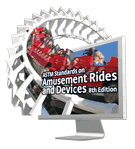

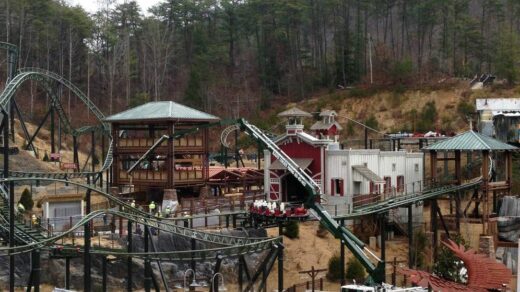
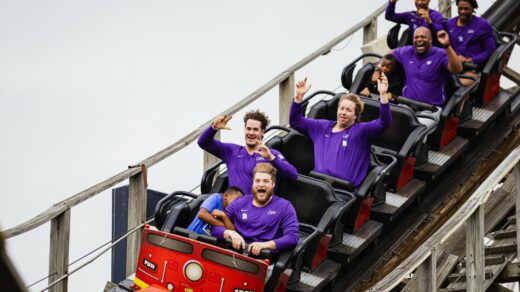
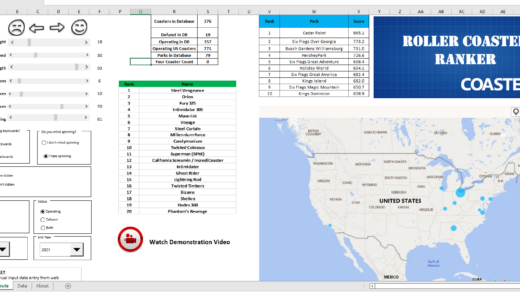





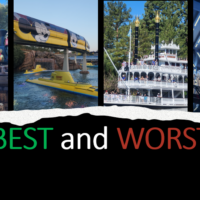




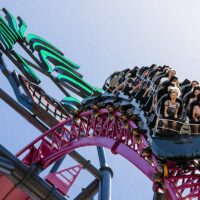
Is there a length that a seat belt has to be? What is the longest seat belt that will keep safty measures in tack.
Check the ASTM standards.
what does ASTM stand for?
ASTM was formerly known as American Society for Testing and Material